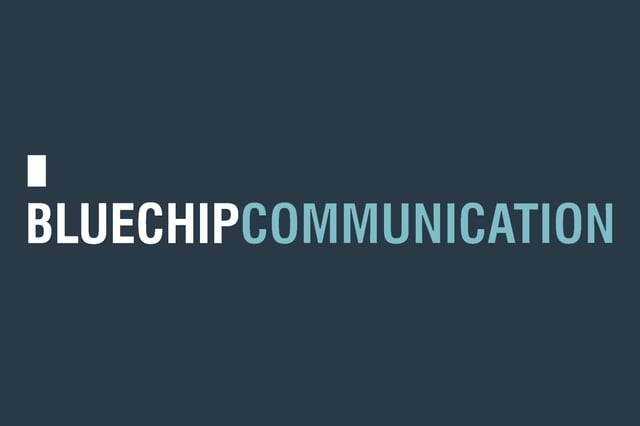
The second and final day of Content Marketing World Sydney proved to be just as interesting as the first. The jam-packed agenda covered three streams including; ‘strategy & measurement’, ‘channels & innovation’ and ‘creation & distribution’.
There were more sessions than we could physically attend, and far too much information to cover in one blog so here are the key take-outs from some of our favourite sessions that we made it to.
Keeping members & customers coming back: driving retention with content marketing
Presented by Bobbi Mahlab, Founder & MD, Mahlab Media & Chris Champion, CEO, IPWEA
When it comes to content marketing, integration is all important. Ensuring the three key drivers – systems, content and teams – are all working together and are congruous is the difference between seeing good results and great results.
9 workable ways to get more creative with your content creation
Presented by Chris McWilliams, Executive Producer, Digital Content, Triple M
- Create space – both mentally and physically – for ideas to be planted and grown (environments in which you play is where you’ll be most creative)
- Know your brand – stay true to a brand’s identity
- Trust your instinct – you’ll intrinsically know if an idea is good
- Take risks
- Think like a child
- Create chaos – creativity shouldn’t be a structured process
- Embrace diversity – look to others for inspiration
- Love your art – think of yourself as a content artist
- Define, refine and document your creative process – so you can remember what works and what doesn’t
The content matrix: how to align, prioritise and fuel a successful content strategy
Presented by Kevin Cain, Content Market Strategist
The following four content matrix pillars will help you to develop and refine your content strategy:
- Context – take the time to understand your audience (or buyer personas as we say in content marketing). As marketers it’s our job to find out their needs/pain-points and work out how we can provide a solution/value.
- Conversion – what are the small conversions/steps that you’d like a buyer to take in order to lead them to the ultimate sale.
- Contact – think about how you will make contact; outbound, inbound, through third parties. Remember you’ll need to make contact in multiple ways so keep it simple, the cheaper the better.
- Content – tailor your topic and messaging to target your audience’s needs. Ensure your content is set up for success, it should be:
- Useful
- Optimised for search
- Customised for your buyers
- Demonstrates your brand values
- Drives conversions (include call to action)
- Promotes engagement and viral sharing
Hunting HIPPOS – winning approval from C-level for content marketing
Presented by Jonathan Crossfield, Columnist, Chief Content Officer Magazine, Content Marketing Strategist and Author
(What is a HIPPO? An acronym for Highest Paid Person's Opinion)
- Rule 1: approach slowly, with caution. Don’t go too big too fast, it’s like trying to leap to the top of a cliff in one bound, a gentle climb is a far more rational approach.
- Rule 2: choose the best weapon for the job. Identify opportunities to use content as a tool to fix known issues that the C-suite has identified; don’t try solving the wrong problem (e.g. a problem they don’t see as an issue).
- Rule 3: aim at the right target. Getting through to the C-suite can take persistence. Ensure your KPIs are tied to business outcomes.
- Rule 4: beware of competitors. Competitor analysis can be very effective tool for persuasion.
- Rule 5: move potential obstacles. You’re always going to hear excuses, but nothing’s impossible – find a solution.
Overall, we thought Jonathan Crossfield summed-up the reoccurring theme we kept hearing throughout the conference perfectly: “Effective content takes time. Start small, start smart, but start something!”
Last, but certainly not least, the presentation from our very own, Carden Calder, about how to turn old world content into content marketing assets for the future was timely and relevant, if the audience reaction and interaction was anything to go by! See the full presentation here.











